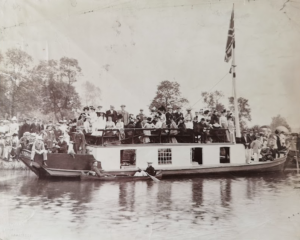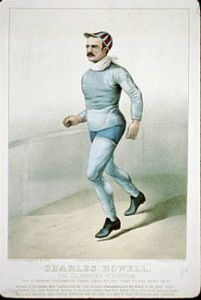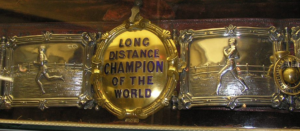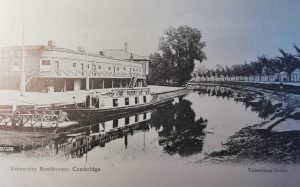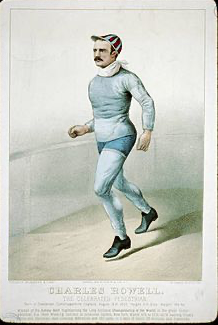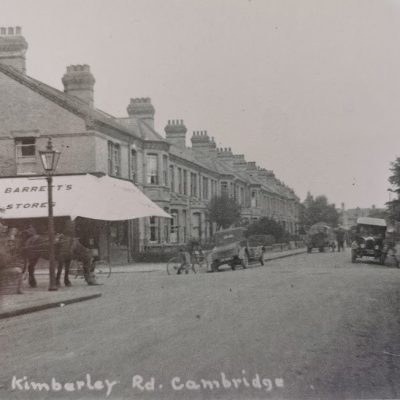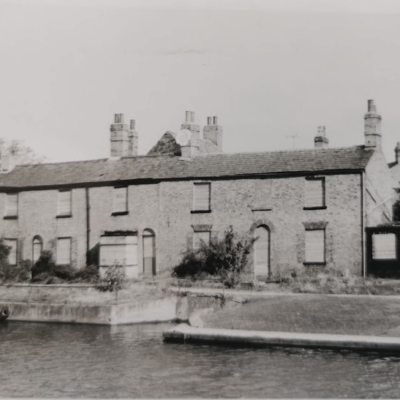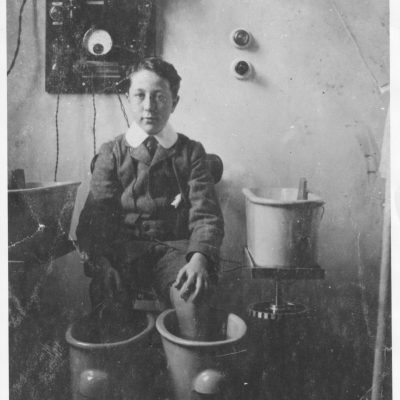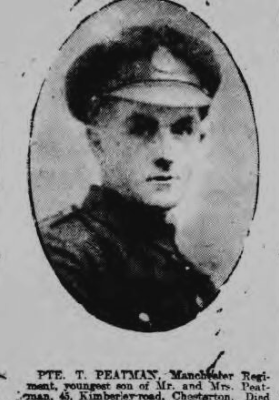Search by topic
- archaeology
- Building of Local Interest
- chapel
- charity
- church
- crime
- dressmaker
- fire
- Great Eastern Railway
- Listed building
- Mapping Relief
- medieval
- oral history
- poverty
- Public House
- Religious House
- Roman
- scholar
- school
- Then and Now
- tudor
- women
- work
- world war one
- world war two
Search by text
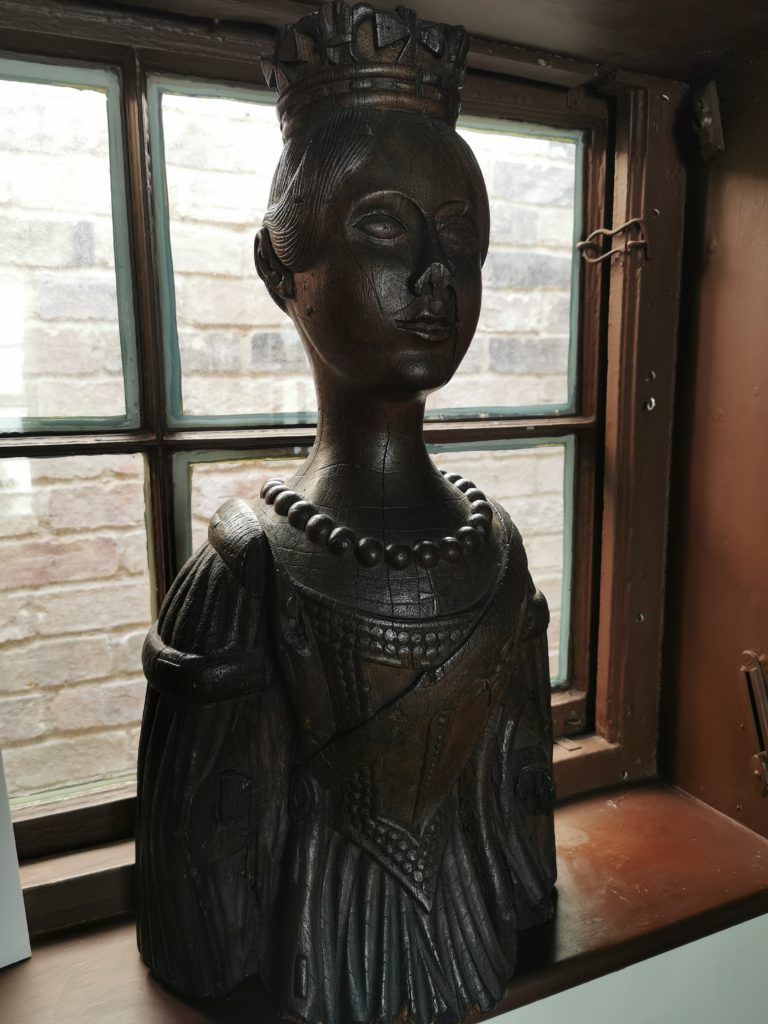 'Victoria', carved figure head of horse drawn boat
'Victoria', carved figure head of horse drawn boatFoster’s Boat Houses
History of Foster's Boat Houses
This is the approximate location of Foster’s Boat Houses as shown on the 1901 Cambridge North OS map.
A horse drawn boat ‘Victoria’ operated out of Foster’s boat yard. In the late 19th century horse drawn and steam powered boats known as ‘party boats’ took pleasure parties from Cambridge to Ely and Clayhithe.
In 2024 our Collections Officer carried out some investigation about the carving: On the back, it is inscribed with ‘deaf and dumb carver’…. From the party boat ‘Victoria’, operating out of Foster’s boatyard. Curators at the Tate think that it was not put on the boat, but was a decorative aspect, possibly in the boatyard, as the figure is upright. A letter from a Martin Culford suggests that it is not of Victoria, but that it is older, possibly 16th or 17th century. He is going on the darkness of the wood, the dress and the cross the figure is wearing. Finishes the letter by admitting he is no expert. … It was donated by a ‘ Mr Potter, R’ in 1936 and the address we have down is the Foster’s Boathouse.
See Enid Porter: Boat Building
The celebrated runner Charles Rowell worked as a young man at Foster’s Boat House. He had grown up at the Bleeding Heart in Chesterton where his father was the publican until his death in 1868 when his brother took over. In 1871 Charles is still living at the Bleeding Heart, occupation labourer. In 1872 his mother died.
He does not seem to appear on the 1881 census, probably because he was travelling during his running career, but in 1891 he is living in Paddington with his wife Henrietta working as a commission agent.
In 1895 they were living at 19 Milton Road.
In 1901 Charles is the publican at the Maypole in Cambridge.
In 1905 they were living at 7 Garden Walk.
He died in 1909 at 11 New Court off King Street.
According to Wikipedia, he became known as the ‘Cambridge Wonder’ for his achievements in running and walking. He was first the pacemaker for the champion Edward Payson Weston but then developed his own career. His particular success was in the “go as you please” style where competitors could walk and run as they wished. There was an annual competition between the USA and the UK between 1874 and 1888.
Sir John Dugdale Astley instituted a trophy and prize in 1877, known as the Astley belt, for the greatest distance on an indoor track over 144 hours. Rowley won this twice in 1879 and then concentrated on a race in which the competitor ran for 12 hours per day over 6 days. In 1882 he set new world records for:
100 miles (13hrs 26 mins)
24 hours (150 miles)
48 hours (258 miles)
300 miles (58hrs 17mins 6secs)
Late 19th cent:
The University boathouses were based in Foster’s boathouses
Contribute
Do you have any information about the people or places in this article? If so, then please let us know using the Contact page or by emailing capturingcambridge@
License
This work is licensed under CC BY-NC-SA 4.0





